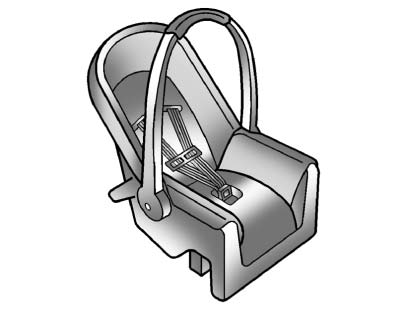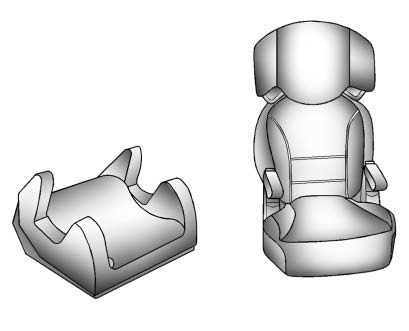Child Restraint Systems
 (A) Rear-Facing Infant Seat
(A) Rear-Facing Infant Seat
A rear-facing infant seat (A) provides restraint with the seating surface against the back of the infant.
The harness system holds the infant in place and, in a crash, acts to keep the infant positioned in the restraint.
 (B) Forward-Facing Child Se
(B) Forward-Facing Child Se
A forward-facing child seat (B) provides restraint for the child's body with the harness.
 (C) Booster Seats
(C) Booster Seats
A booster seat (C) is a child restraint designed to improve the fit of the vehicle's safety belt system.
A booster seat can also help a child to see out the window.
See also:
Engine Coolant Temperature
Warning Light
This light comes on briefly
while starting the vehicle.
If it does not, have the vehicle serviced by the
dealer/retailer. If the system is working normally the
indicator light goes off.
Noti ...
Under the hood
Unique with its all-four-cylinder powertrain, the Buick Regal relies on the
excellent horsepower-per-liter ratio of the Ecotec engine family to deliver
smart, on-demand performance that is also ve ...
Muting a Call
During a call, all sounds from inside the vehicle can be muted so that the person on the other end of the call cannot hear them.
To Mute a call
1. Press
.
The system responds “Ready,” followe ...


